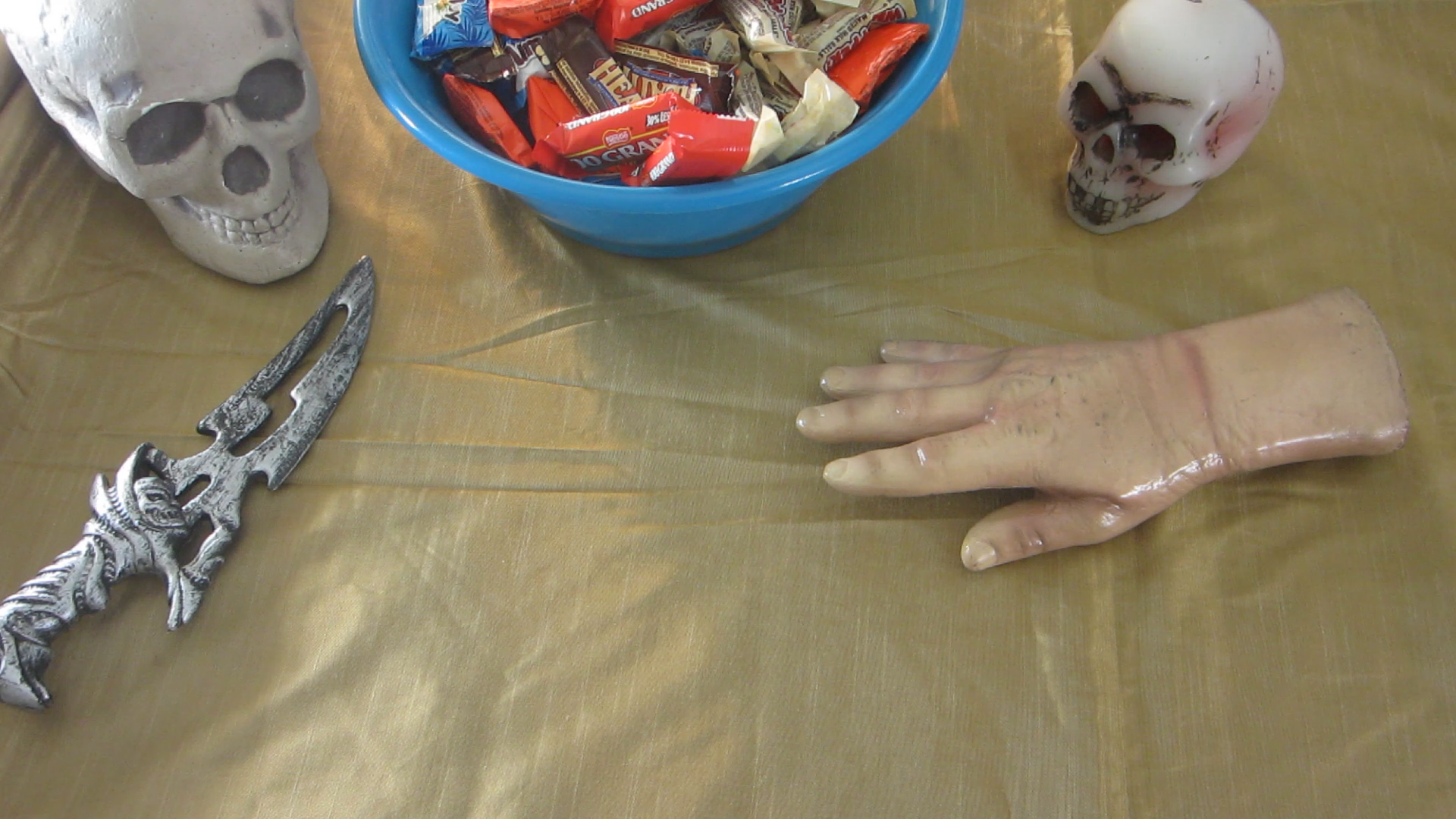In this project, I show you how to use magnets to make Halloween props on a table move without anything touching them.
To accomplish this, I first embedded magnets inside a severed hand prop. Then I took a second set of magnets and attached them to the end of a linear motor. This motor was mounted to the bottom of a table, and when the hand is placed on top of the table, the motor uses the magnets to move the hand. This process can be controlled manually or with various sensors and a microcontroller.
View this project on Instructables: instructables.com/id/Automatic-Moving-Halloween-Props































